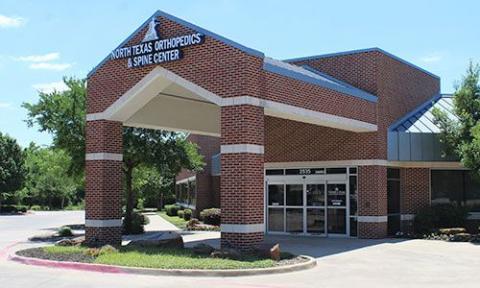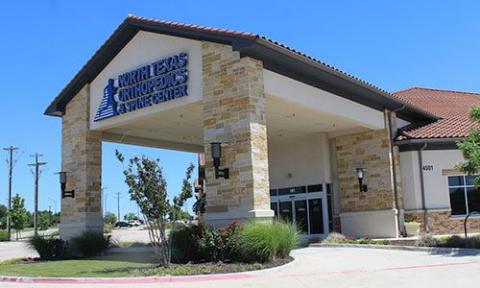Understanding Anterior Cervical Corpectomy: A Comprehensive Guide
Anterior cervical corpectomy is a surgical procedure designed to address severe spinal conditions affecting the neck. This operation involves removing a portion of the vertebral body and intervertebral discs to decompress the spinal cord and nerve roots, alleviating pain and restoring function. In this blog post, we will explore the indications, procedure, recovery, and potential risks associated with anterior cervical corpectomy.
What is Anterior Cervical Corpectomy?
Anterior cervical corpectomy is a procedure performed on the cervical spine (neck) to relieve pressure on the spinal cord and nerves. It is typically used to treat conditions that involve extensive compression, such as:
- Severe cervical spondylosis (degenerative disc disease)
- Herniated discs with significant nerve involvement
- Spinal stenosis
- Cervical myelopathy (compression of the spinal cord)
- Traumatic fractures or tumors affecting the cervical vertebrae
During the procedure, the surgeon removes part of the vertebral body (corpectomy) and the adjacent intervertebral discs, followed by stabilization using a bone graft or implant.
When is Anterior Cervical Corpectomy Needed?
This surgery is recommended for patients experiencing:
- Persistent neck pain that radiates to the arms
- Weakness or numbness in the arms or hands
- Difficulty with coordination or balance
- Symptoms that do not improve with conservative treatments such as physical therapy or medication
The Anterior Cervical Corpectomy Procedure
The procedure generally involves the following steps:
- Preparation: The patient is placed under general anesthesia.
- Incision: A small incision is made on the front of the neck to access the cervical spine.
- Bone and disc removal: The surgeon removes the damaged vertebra and adjacent intervertebral discs to decompress the spinal cord and nerves.
- Stabilization: A bone graft or metal implant is inserted into the space to support the spine. Plates and screws may also be used for additional stability.
- Closure: The incision is closed, and a sterile dressing is applied.
The procedure typically takes 2-4 hours, depending on the complexity of the condition.
Recovery After Anterior Cervical Corpectomy
Recovery times vary but generally include:
- Hospital stay: Most patients stay in the hospital for 1-2 days post-surgery.
- Pain management: Medications are prescribed to manage post-operative discomfort.
- Activity restrictions: Patients are advised to avoid heavy lifting or strenuous activities for several weeks.
- Physical therapy: A tailored rehabilitation program helps restore neck strength and mobility.
- Full recovery: Most patients return to normal activities within 6-12 weeks, though complete healing may take longer.
Potential Risks and Complications
While anterior cervical corpectomy is a safe and effective procedure, potential risks include:
- Infection
- Bleeding or hematoma
- Nerve or spinal cord injury
- Swallowing difficulties
- Hardware-related issues, such as loosening or migration
Benefits of Anterior Cervical Corpectomy
- Significant relief from neck and arm pain
- Improved mobility and quality of life
- Stabilization of the cervical spine
- Prevention of further neurological decline
Alternatives to Surgery
Before considering surgery, patients may explore non-surgical options such as:
- Medications for pain and inflammation
- Epidural steroid injections
- Physical therapy
- Lifestyle modifications to reduce strain on the neck
Is Anterior Cervical Corpectomy Right for You?
If you are experiencing severe symptoms that impact your daily life and have not responded to conservative treatments, anterior cervical corpectomy may be a suitable option. Consult a qualified spine surgeon to evaluate your condition and develop a personalized treatment plan.
Conclusion
Anterior cervical corpectomy is a highly effective surgical option for addressing severe spinal conditions in the neck. With proper care and rehabilitation, many patients experience significant pain relief and improved quality of life. If you’re considering this procedure, schedule a consultation with a spine specialist to discuss your options and begin your journey to recovery.
For more information on spinal health and surgical treatments, explore our blog or contact our clinic today.



